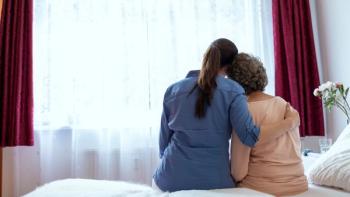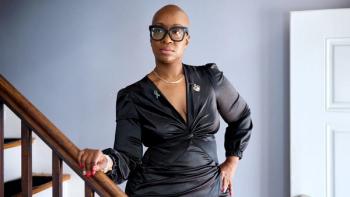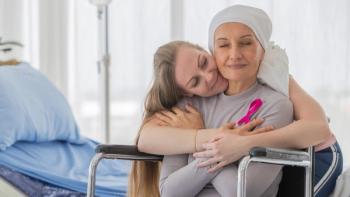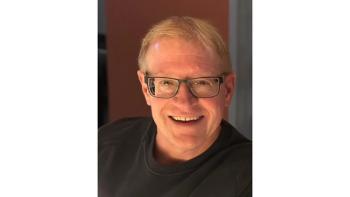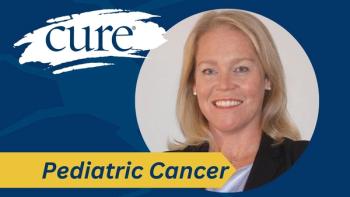
- Fall 2019
- Volume 1
- Issue 1
Adolescent and Young Adult Cancer Survivors: Their Unique Needs Call for Unique Solutions
For a variety of reasons, some AYAs disappear from the health care system during the transition from treatment to survivorship and do not get the medical follow-up they require.
In this issue CURE® magazine, we present a situation that’s both a blessing and a problem. Adolescents and young adults (AYAs) with cancer are benefiting from improved treatments. In addition, these therapies are better tailored to individuals and, in some cases, de-escalated to less intensive regimens. All this is good news, because in earlier decades, progress in the AYA population, defined broadly as patients ages 15 to 39, lagged that of adults in general. The flip side: For a variety of reasons, some AYAs disappear from the health care system during the transition from treatment to survivorship and do not get the medical follow-up they require.
In addition, many AYA cancer survivors need help finding emotional, psychological, social, financial and work reentry counseling or may not realize they need this support. Their same-age peers tend not to focus on cancer or health issues in general; instead, they have their eyes set on their education, careers, relationships and youthful explorations of life. This understandably causes a type of isolation and frustration that AYA survivors uniquely experience as they move forward in life with or after cancer. Their cancer bag- gage and its personal impact differ from that of children or older adults.
Further, the financial issues that we see in cancer patients in general are compounded in the AYA setting because fewer have health insurance, nor have they built up financial reserves. The article in this issue provides in-depth coverage of that concern.
A growing awareness of the AYA cancer problem has led several organizations to take on this challenge. To meet this community’s diverse needs, they have begun using different models that include peer support programs, financial aid and seed grants to help small and large cancer centers develop their own programs in collaboration with AYA patients, advocates and a cadre of professionals. We are still learning what constitutes the best medical follow-up and supportive care for AYA survivors, so research also has blossomed. In addition, we are becoming more culturally fluent with AYA cancer, as evidenced by television programs and movies that address this topic with humor, romance and adventure. Though some may be a bit sugarcoated, these shows nevertheless channel a fresh air of dialogue and acceptance.
Although there is still a long way to go in the field of AYA cancer survivorship, we hope that those involved will experience a better sense of identity, as well as more cohesive and holistic care. We all own this problem, because these individuals are our present and future. You are doing your own part by reading this note and this issue of CURE® magazine!
Articles in this issue
about 6 years ago
Hitting the Spot in Squamous Cell Carcinomaabout 6 years ago
As Large As Life: Using Artificial Intelligence in Cancer Careabout 6 years ago
Bonded for Lifeabout 6 years ago
Putting the Ball In Your Court With Cancer Coachesabout 6 years ago
Going to the Dogsabout 6 years ago
Testing for Honestyabout 6 years ago
Grants Offer Caregivers a Day of Restabout 6 years ago
Hiring a Cancer Coach: What You Should Know
